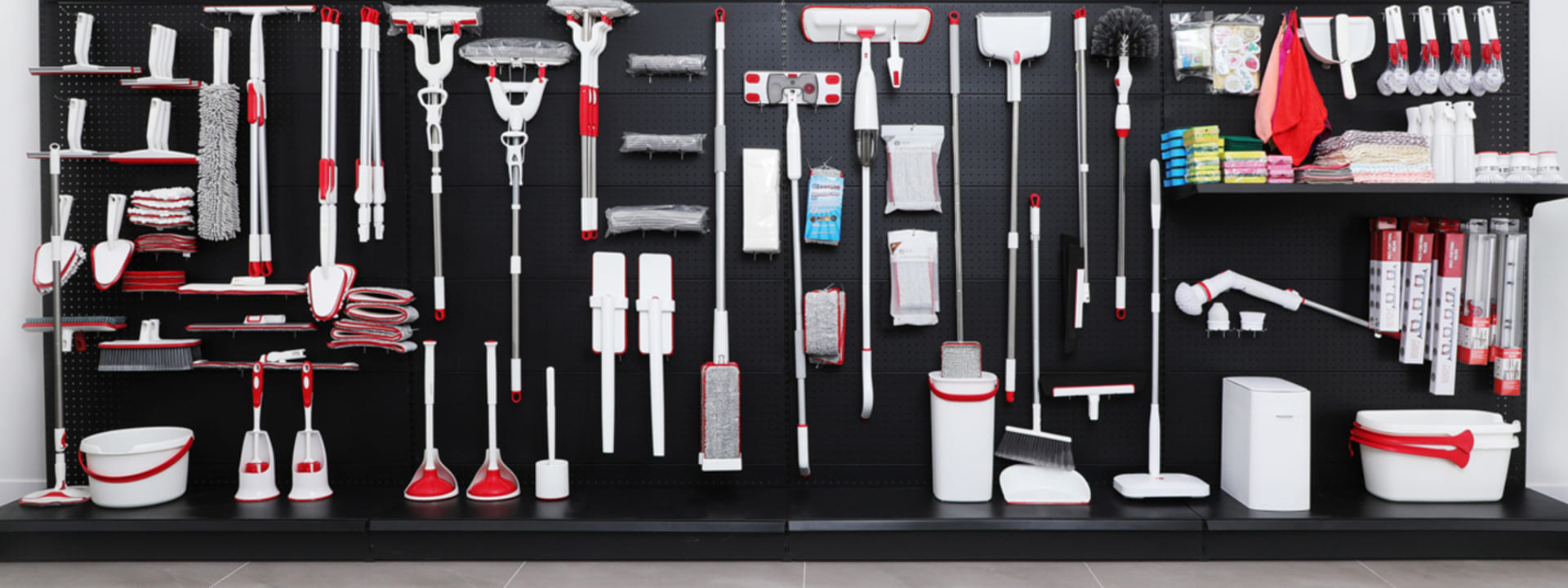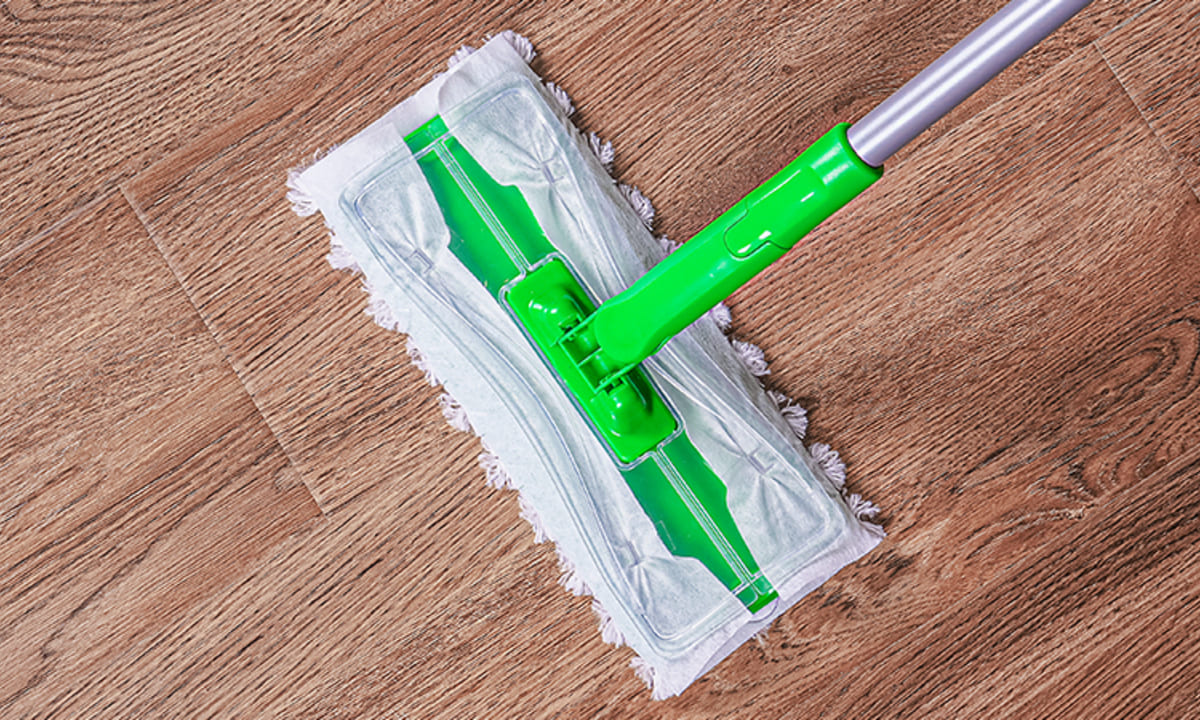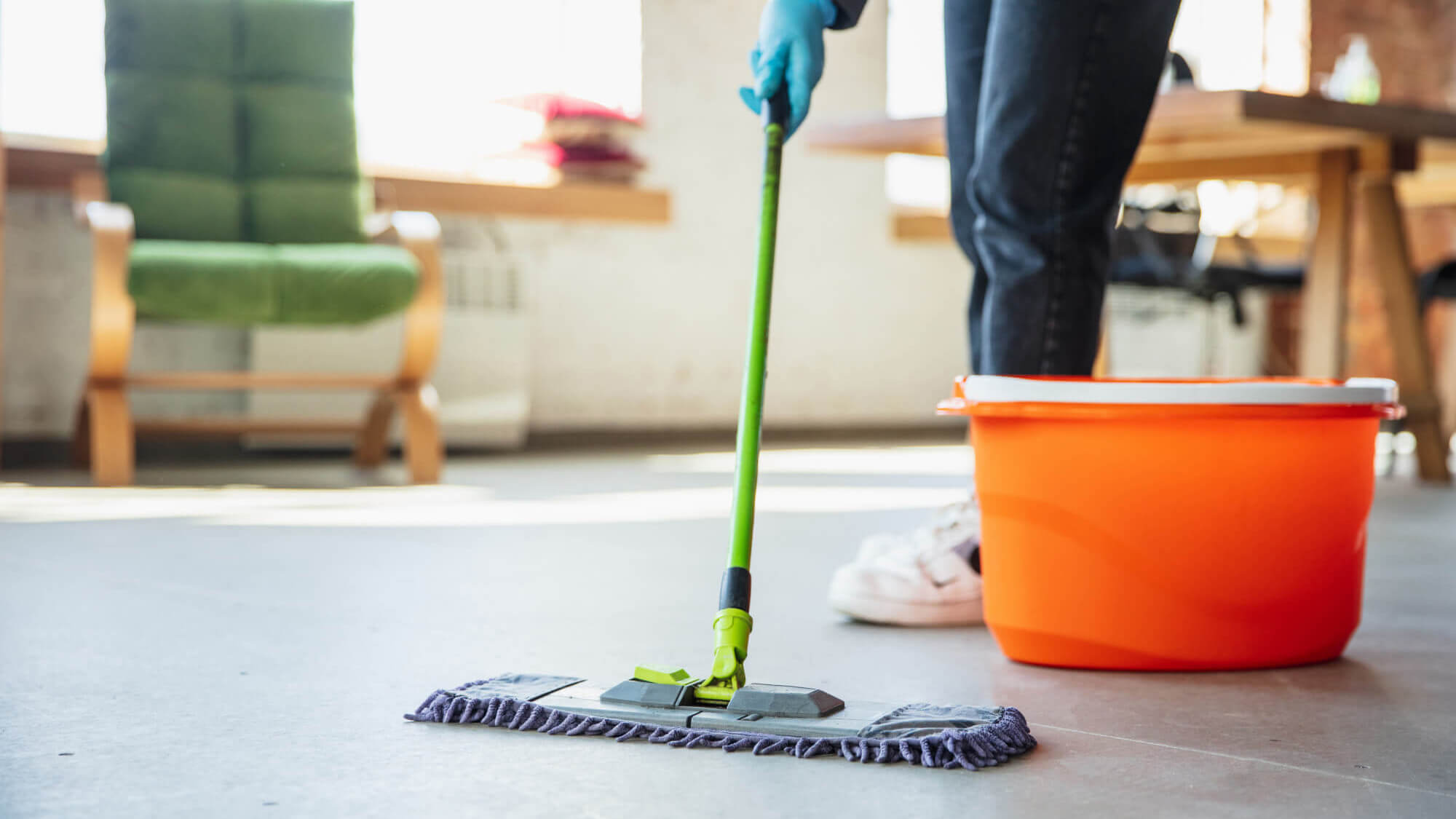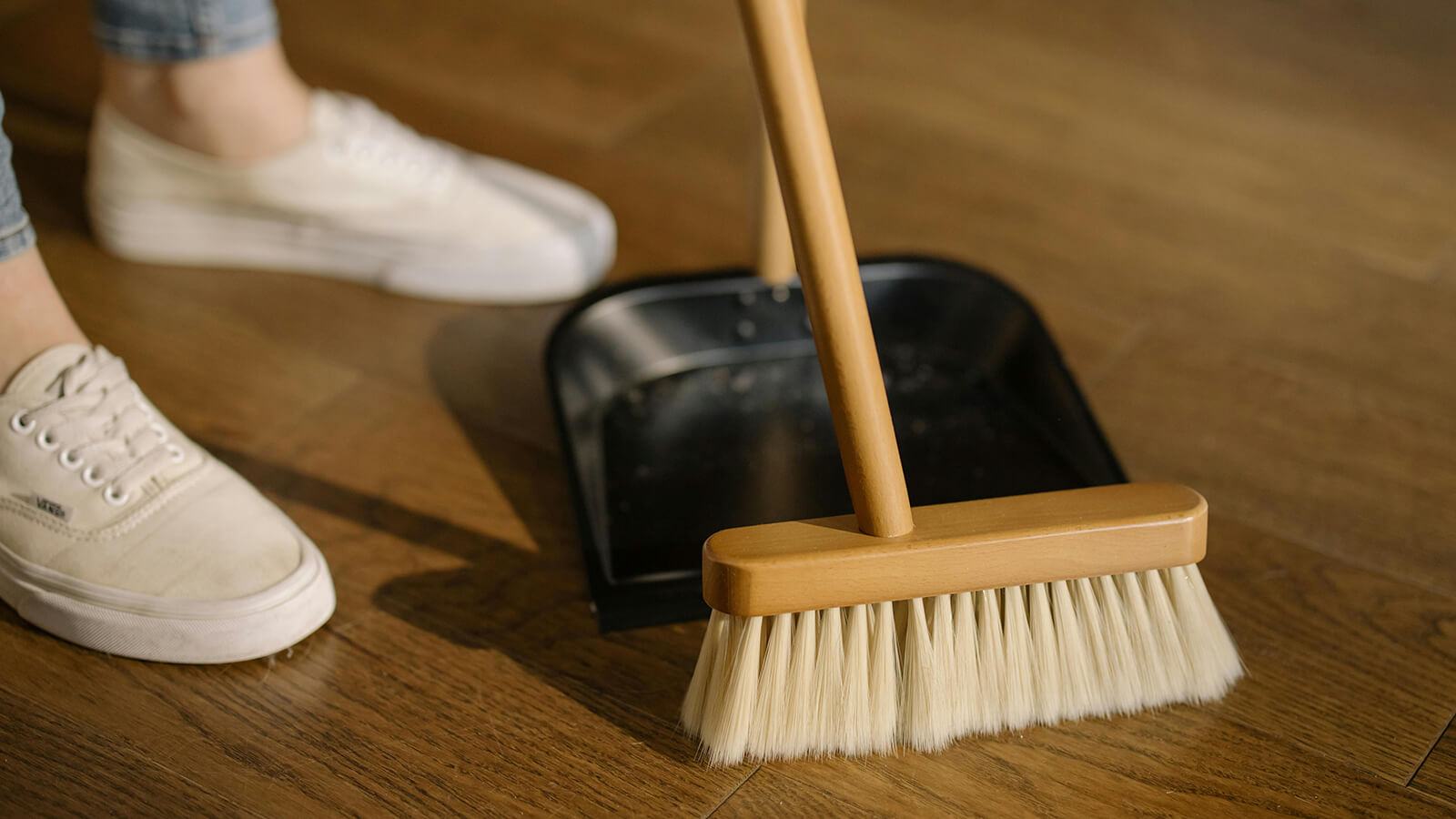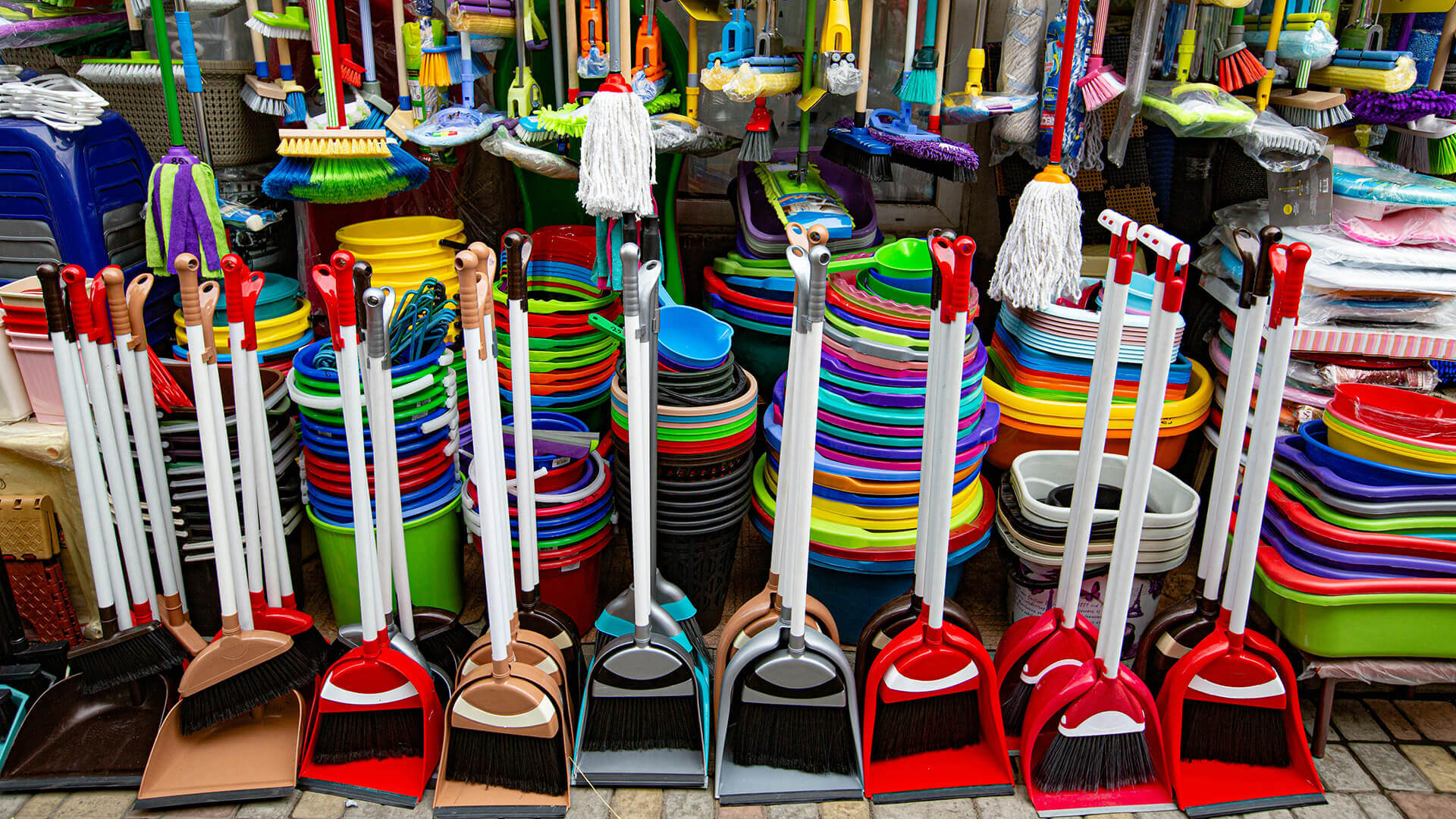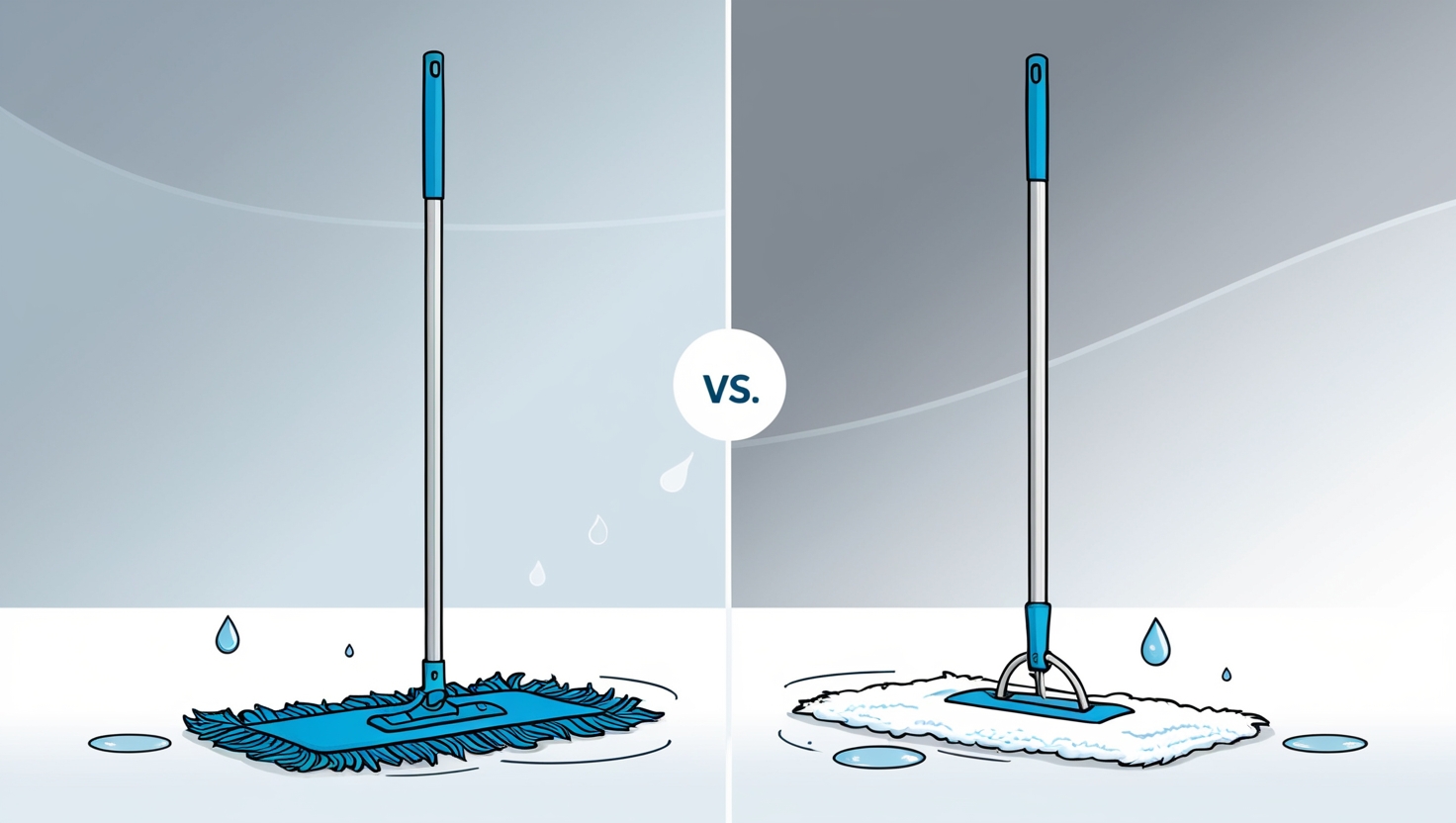Toilets rank among the dirtiest places in the home. They’re breeding grounds of bacteria, hives for germs. Still, people try their best to keep them clean. For that, the most common tool to use is the humble toilet brush. But the problem with that is that your toilet brush just ends up getting as filthy as the toilet bowl, picking up biological waste and bacteria in abundance.
That’s why it’s important to know how to clean a toilet brush, which is what this guide will help you with.
Why Deep Cleaning Your Toilet Brush Matters?
First, let’s look at the “Why?”
Why is it so important to clean your toilet brush properly? Does it really matter all that much?
Yes, yes, and yes again.
The main reason for this is simple: toilet brushes naturally pick up lots of germs and bacteria when they’re used inside the toilet bowl. It’s an unhygienic space, a prime place for germs to thrive. Whenever you rub the brush inside that bowl, it can pick up millions of bacteria, which then get carried over to the toilet brush holder. It is important to keep the toilet brush holder clean.
Over time, all those germs can start to spread. First around the toilet brush holder and then beyond. They can also latch onto other items that may be used in and around the toilet, such as plungers. Again, that can be dangerous. It means more bacteria are getting around the bathroom and have a higher chance of infecting someone.
There’s also a question of general cleanliness. Toilet brushes may become visibly dirty over time, depending on how they’re used. By deep cleaning them, you can remove any surface-level debris or marks from the bristles and prevent the brush holder from getting dirty as well.

How Often Should You Clean Your Toilet Brush?
Ideally, you’ll want to clean your toilet brush after every single use. That’s the best way to prevent dirt and bacteria from building up on the brush’s bristles or spreading to the toilet brush holder or other items.
However, you might not necessarily have the time to clean it after each use. In that case, a weekly deep clean is a good routine to get into. It’ll help you ensure that your brush never gets too dirty and that bacteria don’t have too much time to multiply or spread.
A Step-by-Step Guide for Cleaning Your Toilet Brush
Next, let’s see exactly how to clean your toilet brush, with step-by-step instructions for a thorough and efficient clean.
Rinse the Brush
The first step is simple. You should rinse your brush first of all, ideally with hot water. This helps to wash away any surface-level dirt or debris from the brush’s bristles, before progressing towards the deeper clean steps of the process.
Soak in Disinfectant
As explained earlier on, the worst issue with unclean toilet brushes is that they can be breeding grounds for all sorts of harmful bacteria. So, the next step is to let your brush soak in a disinfectant solution for a while.
You may use a disinfectant spray all over the brush and wipes for the handle, or place the whole thing in a container with a disinfectant solution inside. Let it sit in the solution for a while, so as many bacteria as possible are killed by disinfectants.
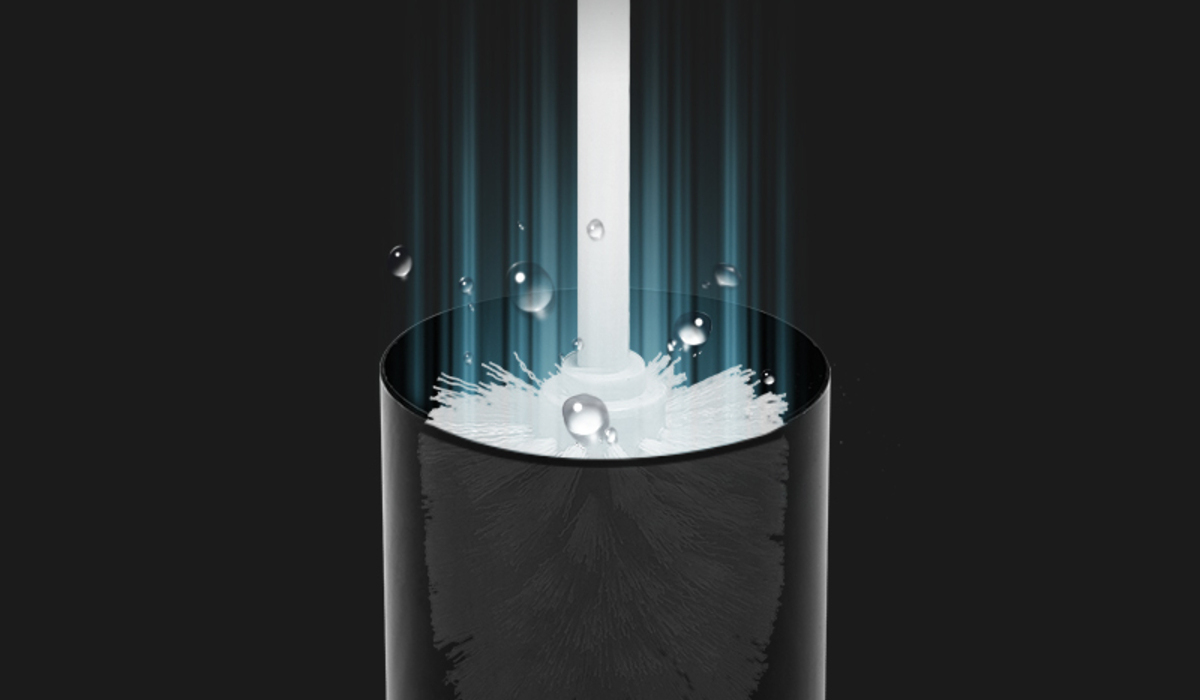
Scrub and Rinse Again
Next, it’s time to scrub your toilet brush (and toilet brush holder, as well, for the best results) and rinse once more. Scrub every part of the brush, from the handle to the bristles, in order to remove any stubborn marks and really get into the nooks and crannies, before rinsing the whole thing with hot water. This’ll rinse away any soapy suds or bits of disinfectant left, along with final bits of dirt and bacteria.
Dry Properly
Last but not least, give it time to dry off, ideally in a warm, dry, and safe place where it can lose its moisture naturally. There’s no need to leave it near a radiator or anything like that – just give it the time it needs to dry out completely.
Common Mistakes When Cleaning Toilet Brushes
Next, we’ll look at a few typical mistakes people tend to make in regard to cleaning their toilet brushes.
Neglecting Regular Cleaning
The biggest mistake is simply to not clean your toilet brush, its holder, and other toilet-related items (like a plunger) often enough. As explained earlier on, this simply allows bacteria to multiply and spread, and the longer you wait in between cleans, the worse the problem may become.
Inadequate Drying
Drying is a critical part of the cleaning process. If you don’t let your toilet brush dry off properly before putting it back in the holder, that moisture could provide the ideal breeding ground for more bacteria, making the whole cleaning process pretty pointless. You have to let it dry thoroughly before using it again.

Using Harsh Chemicals
Disinfectant is a must-have for cleaning a toilet brush, but you don’t need to use seriously harsh chemicals in the cleaning procedure. Harsh chemicals may actually do more harm than good, potentially damaging the brush’s bristles and making it less effective when cleaning later on.
Bristle or Silicone Toilet Brush: Which One’s Better?
There are two main types of toilet brush: bristle and silicone. Let’s look at each one in turn.
The Classic Choice: Bristle Toilet Brushes
Bristle toilet brushes are the older and more traditional of the two, featuring a series of bristles, similar to a hairbrush or broom, which help to rub away marks and germs from the inside of the toilet bowl. In general, these are still the most effective brushes for cleaning toilets, especially for stubborn marks and stains.
The New Challenger: Silicone Toilet Brushes
Silicone toilet brushes are much more recent additions to the cleaning landscape. Instead of bristles, they feature a silicone piece at the end of the handle, which often has lots of little bristle-like shapes. These brushes have numerous advantages, as they can last longer, are easier to clean, don’t pick up hair like bristle brushes do, and are generally more hygienic.

When to Replace a Toilet Brush?
No toilet brush should be used indefinitely. Ideally, you’ll want to replace yours, on average, once a year. But it depends on how often you use it, how well you clean it, and other factors, such as the general quality and durability of the brush.
Conclusion
There you have it, a complete guide to cleaning your toilet brush and managing the unwanted spread of germs. Remember to clean your brush as often as you can for best results, and invest in the most effective disinfectant solutions and sprays to keep bacteria at bay.



